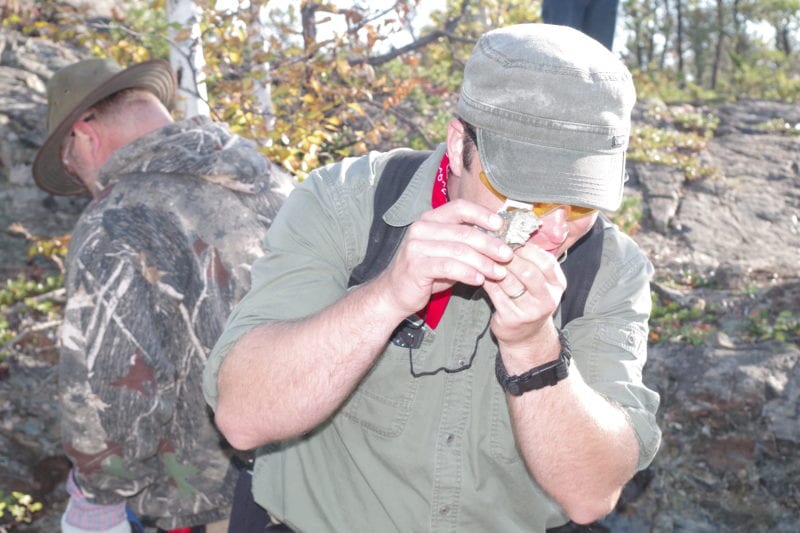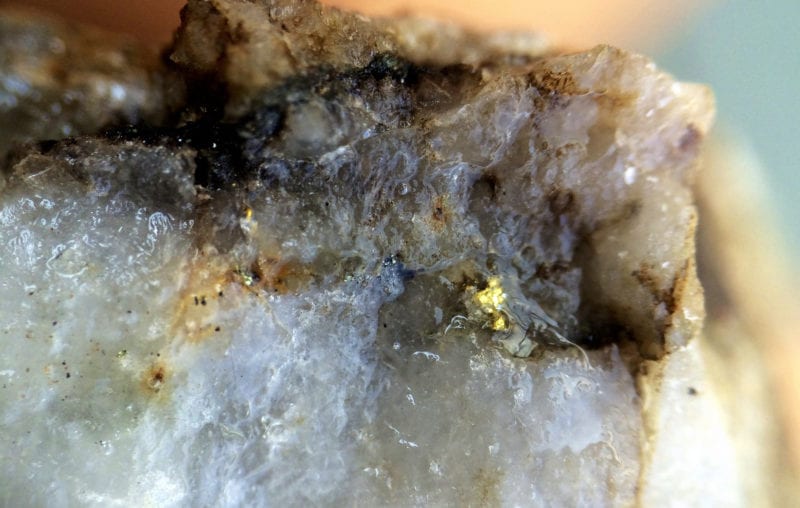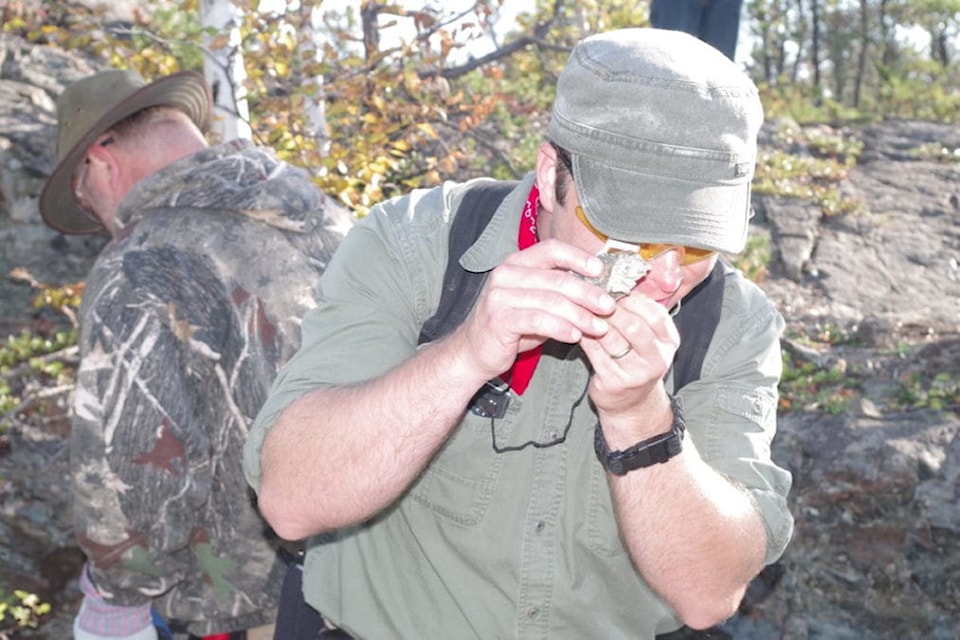The price of gold hit historic highs in the first week of August, bringing a gold mine of possibilities for miners and prospectors in the NWT.
From Aug. 4 to 10 gold was trading above $2,000 USD per ounce, according to the Monex precious metals information portal. Those levels had not been seen since 2011 when it reached $1,863 per ounce, then fell for a few years before steadily climbing again in July of 2018. The price has hovered between $1,800 and $1,950 since last week.
Players in the gold game say the effects of the price rise are varied, but its immediate result is bringing more attention to the precious metal.
“The rising gold price is bringing investor’s interest to this sector. This makes it easier to raise funds which in turn makes our development more certain,” said Dave R. Webb, president of Sixty North Gold Mining Ltd.
That company's Mon Gold Project is located about 45 kilometres north of Yellowknife. Though it has yielded thousands of tonnes of gold ore in the past, Sixty North plans to install a mill in May of 2021 to process ore from what Webb said are valuable veins of gold assayed at about one ounce per ton deeper down.

“The last time they had this (price) rush was 2008-2012 and that drove a lot of economic development across the board,” said Blake Mowbray, an independent prospector in Yellowknife.
Mowbray spoke just days after he was informed that he was among those who received a portion of the $251,060 issued through the Department of Industry, Tourism and Investment's Mining Incentive Program (MIP).
“Each prospector is able to receive up to $25,000,” he said. “I'm a lifelong gold hunter. It's hard to do scientific work in (remote areas) without dipping into your own pocket.”
He and a prospecting partner will use their MIP funds to fly up to a gold claims area just south of Great Bear Lake and fly samples back to Yellowknife.
The MIP assistance comes at a convenient time for Mowbray as it coincides with the price rise. Gold's climb over the last year has made exploration projects more feasible and allowed for more cash flow for gold companies, he said.
It also gives him added impetus to be part of new exploration projects that could become larger in the future.
“It'll be a function of one of these downstream investments. Somebody is looking to build a project for the future because it's unlikely that a grassroots project like the one I'm doing out there will capture enough momentum that it will be able to turn into a mine while gold is still at $2,000 an ounce or higher. It's going to be something long-term.”
For longtime Yellowknife prospector Walt Humphries, the price peak will motivate prospectors and miners to keep looking for the large amounts of gold that are still underground.
“The price of gold determines whether that's ore or whether that's waste,” he said. “Gold camps are notorious for operating for a number of years, then shutting down, then reopening again. It all depends on the price of getting the ore out.
“The one thing with gold which is different from other commodities is that an area with gold is always interesting to look at again because you might find something new until you can maybe open a mine.”
Humphries moved to Yellowknife in 1974. He said with a laugh that at 72 he has slowed down as a prospector. Including several years working in Ontario, he has 50 years of prospecting experience under his belt.

“I still poke around a little bit. A lot of my property has been optioned to Terra Gold. I still look around. It's an interest and a lifestyle. I might go out, look at some rocks, take a sample.”
He has staked claims in Walsh and Banting Lakes that have been optioned to Terra Gold. He’ll get a slice of what, if anything, is produced there.
The possibilities of the price peak will be exciting to watch because the gold mining industry has become more efficient compared to decades ago, Humphries said.
“A lot of the work done up here was done in the 1930s and 1940s and back then you needed at least one ounce to make it worth mining. Nowadays the guys are mining grades of 0.1 or 0.2 ounces per ton. Technology has helped with better access and the cost of mining has gone down.”
Far from the bush, and in the office of Yk Gold & Silver, the rising value of gold has been an economic lifeline for shop owner and gold investor Jake Olson.
As the Covid-19 pandemic wiped out tourism in Yellowknife, Olson's gold products sales model – built around tourism – fell apart.
“The elevated prices are seeing more people bringing in their gold to sell or buying it as an investment. And that has basically kept me afloat over the past few months,” he said.
“Before I would get an inquiry every few days. Now I see people calling up twice a day.”
Olson declined to specify how much some of his big sellers have brought him, but said several people who have come into his shop in the past few months have sold him “very large amounts” of gold.
But the rising price trend isn't necessarily all good news. For one thing, Olson explained, elevated prices can indicate uncertainty in the economy.
“Gold and silver are reflections of the currency you're trading in. For a certain segment of the NWT economy there's less trust in the economy. Discretionary spending might go down and people might purchase less goods.
“But gold is on an upwards trend now and gold might continue on this trend into the future. With prospecting and mineral hunting it's becoming more appetizing for miners. There's more of a guarantee now that there won't be this price roller coaster. It makes the risk more palatable.”
